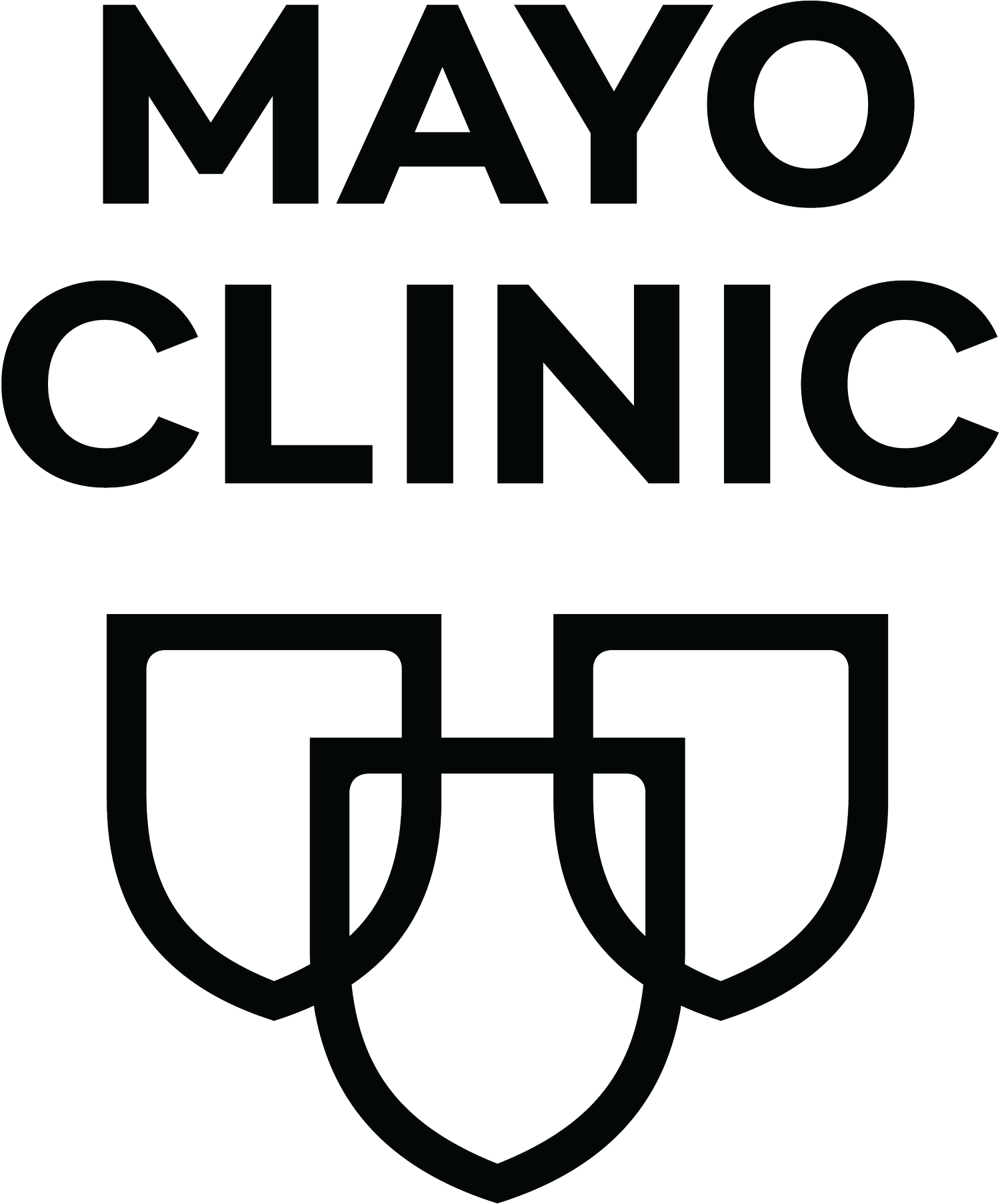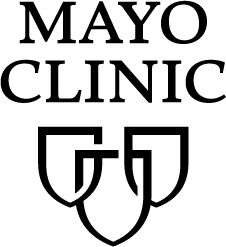The Great Pumpkin: Bringing Halloween to the hospital for Mayo’s youngest patients
'Twas the week before Halloween and all through the hospital, many people were sleeping as a large round-ish object made its way through the halls of Saint Marys Campus.
When dawn broke on Oct. 23, those looking out on the Mary Brigh Courtyard saw something magical.
The Great Pumpkin had arrived.
"Giant pumpkins make everybody smile," says Paul Bongers. "And who needs a smile more than kids and their families in a hospital?"
That's a question Paul — who donated the giant pumpkin to Mayo Clinic Children's Center — can answer himself. His son spent nearly two years receiving care at Mayo Clinic.
"Our care team in pediatric oncology have been the most wonderful, caring group of people," Paul says. "And Child Life was instrumental in helping Jacob navigate the emotional turmoil cancer treatment brings. They also were great at including my other children in activities when they were able to visit, helping us stay connected as a family."
"This pumpkin is actually the smallest one I grew this year," Paul says. "I had two others weighing 1,758 pounds and 2,024 pounds. Due to the logistics of navigating the pumpkin through the building, the smallest pumpkin was chosen for display. Maybe next year we can figure out a way to bring a bigger one!"
The Great Pumpkin provided a fun teaching tool for Michael Wridt, a full-time teacher at Mayo Clinic Children's Center. His role is to provide an engaging and fun learning environment that spawns continued academic and social-emotional growth for pediatric patients while they are hospitalized.
An oversized pumpkin only helped his cause. He used it to teach kids about what it takes to grow such a super squash and how to calculate its approximate weight and circumference. Kids could send their estimates to Child Life staff and be rewarded with a prize. (Winning numbers for those keeping score: 1,170 pounds with a 164-inch "waist")
"I took kids who were able to leave their rooms out to see the pumpkin," Wridt says. "One kiddo hadn't been outside in about six weeks. It was great to get the kids outside and to show them something unusual. The change of pace and normalization of the fall experience was very welcomed."
"These types of experiences are even more special because of the condition that these kids are in," Wridt says. "We try hard to make things fun for the kids, and any learning that can come from it is a bonus."

